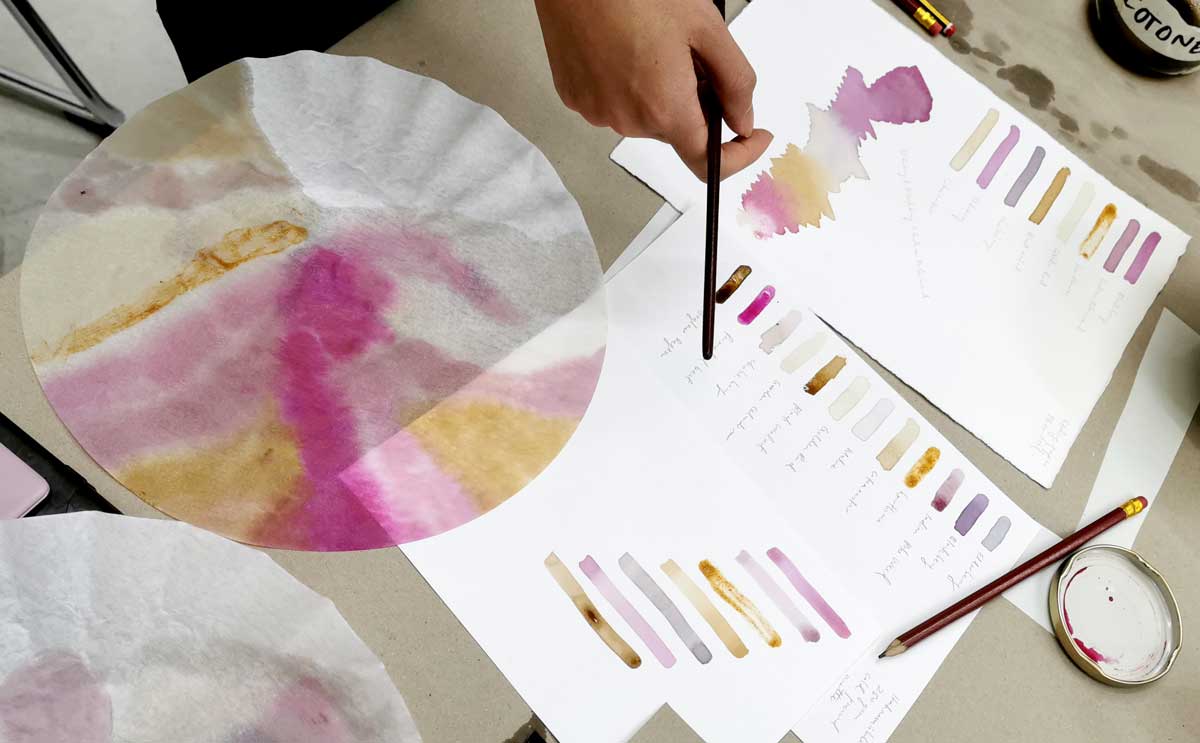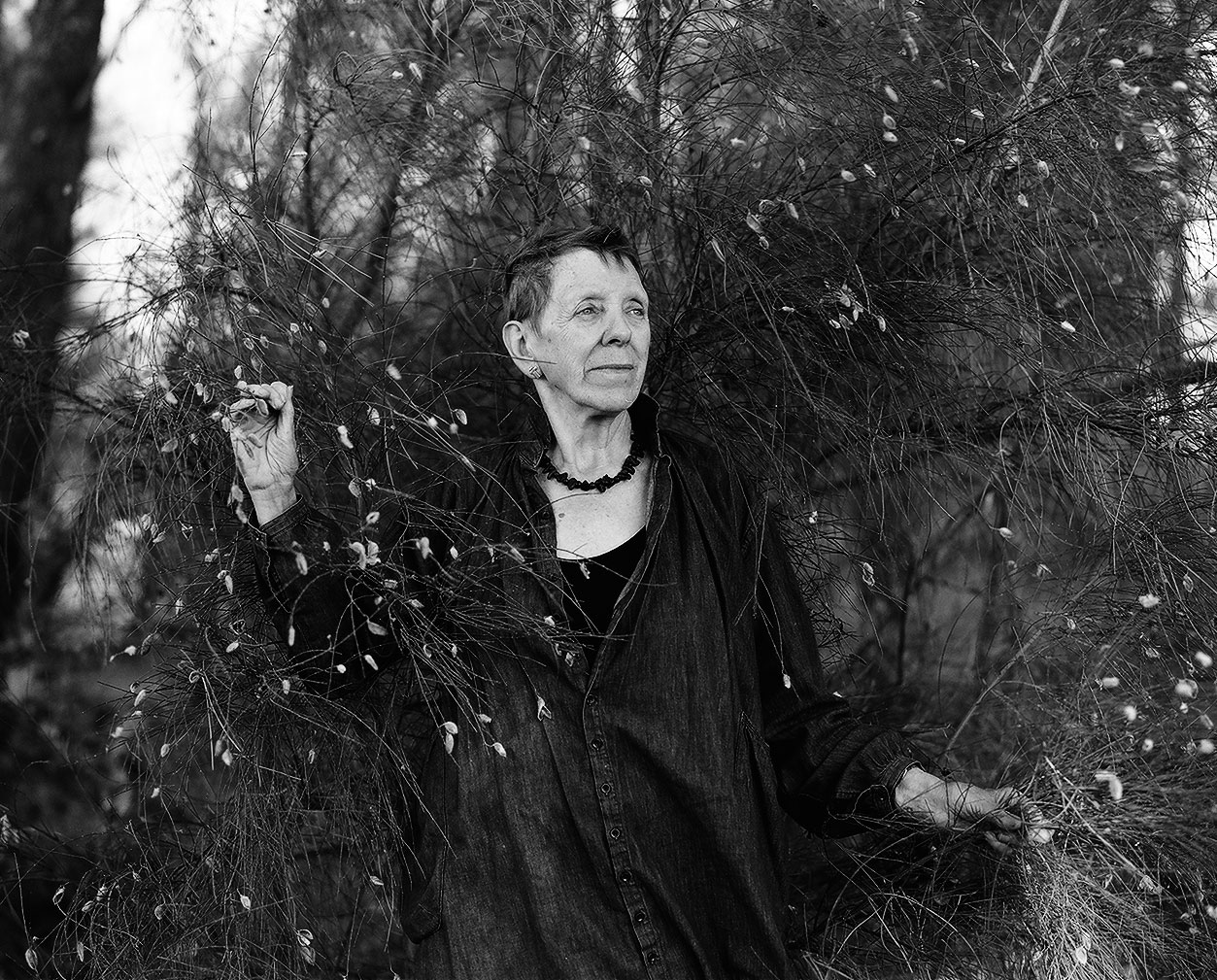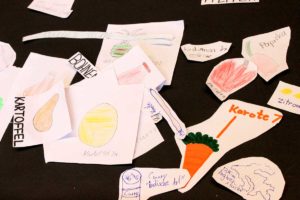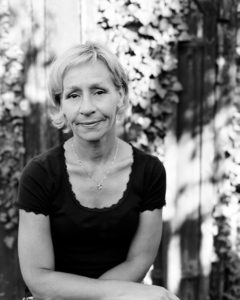Family portraiture: capturing the beauty
Family portraiture is a fine art.
It’s about getting close, but still keeping that little bit of space. In fact, I believe it’s the perception of a related outsider that best captures family moments: very much present, yet at that crucial distance.
 Within my own family, the photographic act rarely takes centre stage, it’s more like briefly coming up for air or jotting down a quick note, while being immersed in the flow of things. So, getting round to capturing family portraiture always needs a specific type of urgency in order to make it happen, like when we gathered to photograph my grandmother shortly before she passed away.
Within my own family, the photographic act rarely takes centre stage, it’s more like briefly coming up for air or jotting down a quick note, while being immersed in the flow of things. So, getting round to capturing family portraiture always needs a specific type of urgency in order to make it happen, like when we gathered to photograph my grandmother shortly before she passed away.
During this particular session, in front of my great grandmother’s family home, she urged me to photograph her sons for her. To create the desired set-up with my uncles, I needed my grandmother’s personal commission.
And, I have to say, it was a truly empowering experience for me to be directing them as a professional photographer after having always been their little niece.
It was a brand new dynamic and the resulting images give just a trace of a specific moment in time that will never occur again.
Because I have a deep respect for family constellations and the art called for in capturing their representation, I was very happy and honoured to be commissioned for family portraiture after a friend’s daughter’s confirmation last autumn. Coming into this group of family members and close friends, it felt very precious to be trusted with such an important job. The process was absolutely magical – and a lot of fun for everyone involved.
I could feel that I became a witness and a vessel for what they wanted to express and share with one another.
 For my 2012 solo show at the M-Museum in Leuven, Belgium, I took parallel exhibitions as starting points for my installation Poem to be sung. One was the Sol Lewitt retrospective from which I derived the shape alphabet, and the other was a Madonna sculpture from the museum’s Medieval collection. Ultimately, my Artist with removed objects and child photograph is a dialogue of both these influences, taking a unique place in my growing collection of portraits of women. Plus, I had a 3 year-old boy of my own at home while preparing for this show – my first big solo show in a museum.
For my 2012 solo show at the M-Museum in Leuven, Belgium, I took parallel exhibitions as starting points for my installation Poem to be sung. One was the Sol Lewitt retrospective from which I derived the shape alphabet, and the other was a Madonna sculpture from the museum’s Medieval collection. Ultimately, my Artist with removed objects and child photograph is a dialogue of both these influences, taking a unique place in my growing collection of portraits of women. Plus, I had a 3 year-old boy of my own at home while preparing for this show – my first big solo show in a museum.
So this photograph most definitely captured my creative process in a moving and personal way too.
 Ultimately, what I’ve found through my empowering photography work, is that people want to be shown with their closest family members. For example, I was working on a portrait of my godmother, a Finnish priest living in Vienna. After our session, she called for her sons, and then her husband, to come in too. It felt to me as if her self image was only complete when surrounded by her loved ones. We are social animals after all.
Ultimately, what I’ve found through my empowering photography work, is that people want to be shown with their closest family members. For example, I was working on a portrait of my godmother, a Finnish priest living in Vienna. After our session, she called for her sons, and then her husband, to come in too. It felt to me as if her self image was only complete when surrounded by her loved ones. We are social animals after all.
And, as for me – the photographer in the room – what’s special and satisfying is the inherent trust that I sense being extended towards me. Being in such a situation gives me the confidence to involve myself, respectfully, and arrange beautiful family portraits according to what feels right.
Family portraiture: capturing the beauty Read More »

 Second, let’s go back to the title of this blog: going bananas! Bananas are a precious fruit, but when they start to go brown, no-one in my family will touch them. I used to get worried when this happened – I’m not a fan of banana bread! Now, instead of feeling worried about the food waste, I feel excited because I adore the fermented banana recipe I’ve recently discovered.
Second, let’s go back to the title of this blog: going bananas! Bananas are a precious fruit, but when they start to go brown, no-one in my family will touch them. I used to get worried when this happened – I’m not a fan of banana bread! Now, instead of feeling worried about the food waste, I feel excited because I adore the fermented banana recipe I’ve recently discovered.
 Plus,
Plus, 

 In this vein, I’ve also photographed Eva Meyer-Hermann: a curator and art historian who decided to become a
In this vein, I’ve also photographed Eva Meyer-Hermann: a curator and art historian who decided to become a 


 I adore
I adore  Lobe is a house project in Wedding: a newly built, brutalist concrete building defined by its terraces, its garden – where, among other things, quinces grow – and its many cohabiting animals. Soon, its ground floor units will become one space, a fresh, joint space for events, workshops, food experiments, and a lab for creating a more sustainable future.
Lobe is a house project in Wedding: a newly built, brutalist concrete building defined by its terraces, its garden – where, among other things, quinces grow – and its many cohabiting animals. Soon, its ground floor units will become one space, a fresh, joint space for events, workshops, food experiments, and a lab for creating a more sustainable future. Not least a dream commission for me as
Not least a dream commission for me as 













 I asked parents to send their child to school with a cutting board and one ‘leftover’ food item from the fridge. In a sense, it was going to be an experiment about how we can change our relationship to food. And what better group than kids with little or no experience with cooking!
I asked parents to send their child to school with a cutting board and one ‘leftover’ food item from the fridge. In a sense, it was going to be an experiment about how we can change our relationship to food. And what better group than kids with little or no experience with cooking!




 As our online presence becomes the standard, it’s a space we have to claim.
As our online presence becomes the standard, it’s a space we have to claim.
 Spring is in full bloom!
Spring is in full bloom! 
